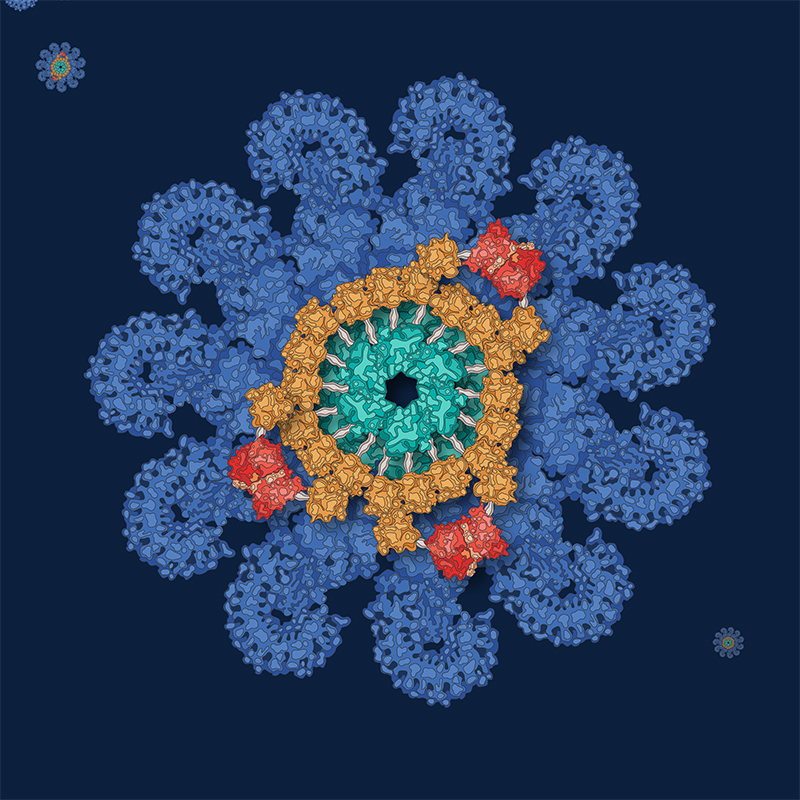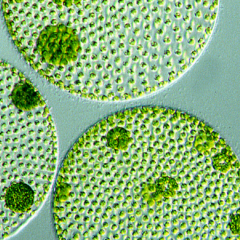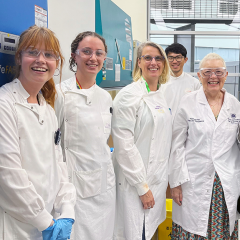IMB researchers have discovered how the ‘on-switch’ for the body’s inflammation machinery can get stuck, causing rare genetic inflammatory diseases.
Professor Kate Schroder and her team have been studying the NLRP3 inflammasome, a protein complex that drives inflammation.
“The inflammasome protects us during infection by triggering an immune response, but it can also go wrong and cause uncontrolled inflammation and disease,” Professor Schroder said.
An immune response without a cue
“Autoinflammatory diseases occur when your body creates an immune response without a cue, ranging from very mild inflammation such as a rash, to life-threatening inflammatory responses leading to fever, blindness, deafness and cognitive decline.
“In those patients, there are mutations that stick the inflammasome on/off switch in the ‘on’ position so it is always firing, causing inflammation driven by a mutation instead of an infection or wound.
“The inflammation also can’t be turned off without drug intervention.”
Natural inhibitor of the inflammasome

Professor Schroder said the body’s NLRP3 inflammasome is involved in neurogenerative diseases including Alzheimer’s, inflammatory diseases such as arthritis, and cancer and gout.
“Our team found NLPR3 can be switched on permanently by a mutation in the protein NLRP12, with further tests revealing that NLRP12 also acts as a natural inhibitor to control NLRP3,” she said.
“The two proteins are very closely related within the same family and like many siblings, one tries to control the other and stop it from doing what it wants to do.”
Understanding Alzheimer’s, arthritis and cancer

Professor Schroder said because NLRP12 exists naturally in our cells, NLRP12 modulators may provide an effective treatment for people with autoinflammatory disease associated with overactive inflammasome NLRP3 signalling.
“There are artificial NLRP3 inhibitors currently in clinical trials - with our discovery that NLRP12 turns off NLRP3, we aim to make further inroads to understand these diseases.”
The team involved IMB researchers, including Jared Coombs and Dr Alina Zamoshnikova.
The research was published in Science Signalling.



